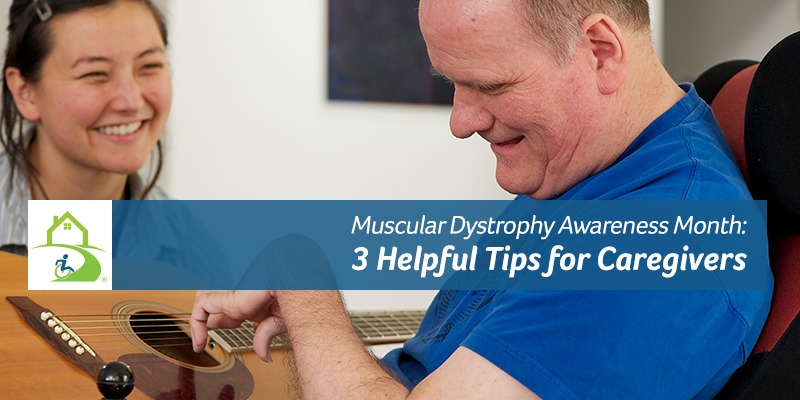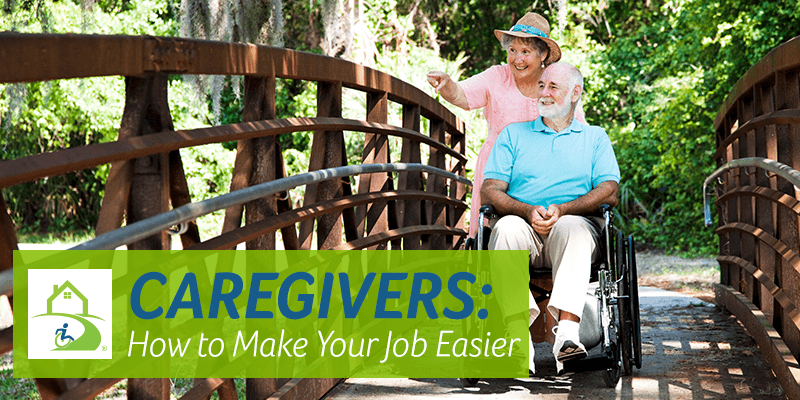With over 65 million Americans acting as caregivers, it can be a selfless job that usually doesn’t receive all of the accolades it deserves. Finding the perfect medium between doing everything the task requires and maintaining your own life and wellbeing can be tricky. We at Next Day Access know just how hard it can be to juggle everything life throws at you, so we have compiled a list of tips and tricks that may help you find your balance.
Tools for Success
One of the first and most important things to do is to make sure you have the tools you need to perform your job. By utilizing specific tools for you and your patient’s needs, you will be able to work smarter, not harder. For example, a threshold ramp is one way to easily move your patient over uneven surfaces around the home.
Another product that can help take the stress of lifting off of you is a patient lift. This simple tool allows you to safely transfer your patient from the bed to a wheelchair or even a bath. No need to strain yourself or potentially injure your patient, the lift eases some of the burden.
One more tool that can greatly help is a portable ramp. This lightweight and transferable ramp can be used both in the home and on the go. From using it for trips to the doctor to trips out into the backyard, it is a great asset to your everyday caregiving.
Make Adjustments
A few minor adjustments can make things easier on both you and the person you care for. For them, safety is always first. Getting rid of clutter is a small thing that can make a big difference. Also removing hazards such as loose rugs, uneven flooring and bulky furniture can lessen trip and fall hazards. For you, simplicity is key. Placing a baby monitor in the room they’re in can help you immensely. You won’t have to rush to where they are to find out what they need. They can simply speak up, and you will be able to effortlessly hear them.
Self‐care
More than just making sure you can comfortably help your patient, it is important to take care of yourself as well. While you are with your patient, it is important to give them your undivided attention. This not only ensures their safety but also their happiness. In your alone time, however, make plans to do something you enjoy. Whether it’s reading a good book or going for a long walk, these simple activities can go a long way.
It is also important that while you are caring for someone, you take frequent breaks. Exhaustion can cause you to make mistakes that could result in injuries for both parties. It’s smart and safe to take short breaks to rejuvenate. You can also use this time to plan fun activities for yourself outside of caregiving.
Next Day Access knows how taxing it can be to devote your time to caring for others. Taking care of someone else, whether it is a relative, friend or your career, can be tiring and often isolating. Don’t forget to give yourself some credit and make sure you follow these tips and tricks to make each day a little better.








